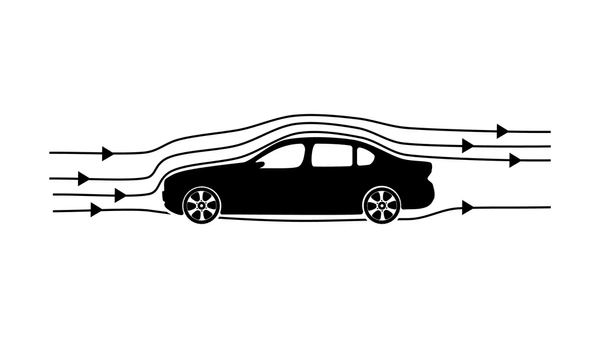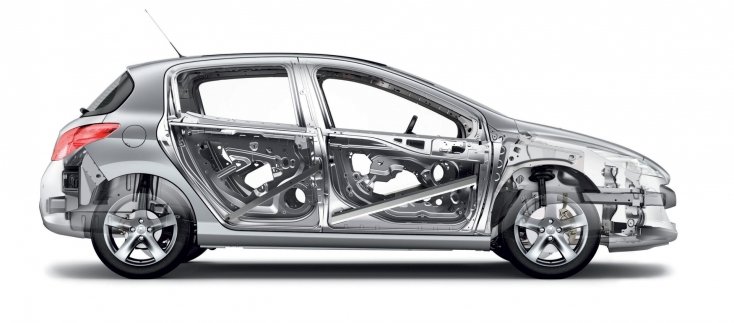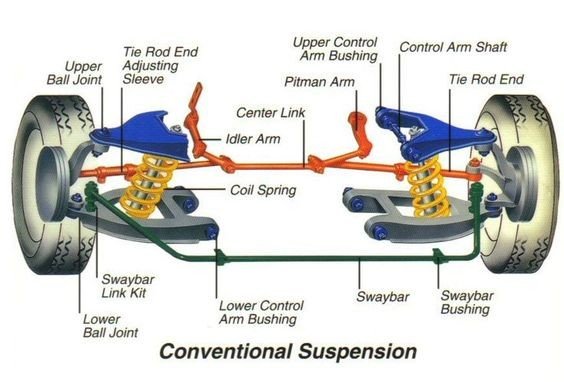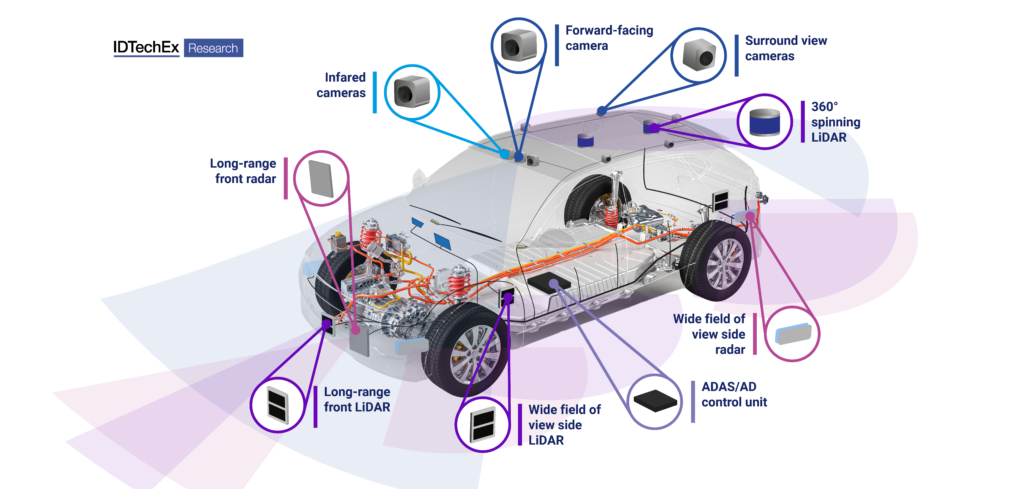Science of Automobiles
As a finance manager and auditor for over two decades, my work has always been about the numbers and the strategy behind them. But every car on the road is also a marvel of science and engineering—a complex machine where physics, chemistry, and materials science converge.
Understanding the “how” behind a car’s performance, safety, and efficiency gives you, the consumer, a powerful new perspective. It’s a perspective that can inform your buying decisions, influence your maintenance choices, and ultimately save you money.
This article pulls back the curtain on the science of the automobile, exploring the key principles that make your car work.
1. The Science of Motion: How the Engine Works
At the heart of nearly every car is a masterpiece of thermodynamic engineering: the internal combustion engine. It’s a dance of controlled explosions happening hundreds of times a minute.
- The Four-Stroke Cycle: Every piston in your engine performs four strokes:
- Intake: A piston moves down, pulling a mixture of air and fuel into the cylinder.
- Compression: The piston moves up, squeezing that mixture into a small, pressurized space.
- Combustion: A spark plug ignites the mixture in a tiny explosion, driving the piston back down with immense force.
- Exhaust: The piston moves up again, pushing the waste gases out.
- From Linear to Rotational: The up-and-down (linear) motion of the pistons is transferred to a crankshaft, which converts it into the spinning (rotational) motion that eventually turns your wheels.
Insider Insight: As a finance manager, I saw firsthand that a well-maintained engine directly impacts a car’s resale value and the likelihood of costly future repairs. Understanding this cycle helps you appreciate the importance of regular oil changes, which keep this scientific ballet running smoothly.

2. The Physics of Efficiency: Aerodynamics
A car’s ability to slice through the air is not just a stylistic choice—it’s a critical factor in performance and fuel economy.
- Drag Coefficient (Cd): This is a unitless number that measures how much an object resists movement through a fluid (in this case, air). The lower the number, the more aerodynamically efficient the vehicle.
- The Shape Matters: A boxy SUV might have a drag coefficient of 0.35-0.45, while a sleek, modern sedan can achieve a remarkable 0.25-0.30. This difference becomes critically important at higher speeds, as drag increases exponentially with speed.
- Fuel Economy: Reducing drag is one of the cheapest ways for a manufacturer to increase a vehicle’s fuel efficiency. Less drag means the engine has to do less work to maintain speed.
Financial Connection: When you’re comparing a sedan to a less aerodynamic SUV, the science of drag directly translates to your bank account in the form of gas savings.

3. The Science of Safety: Materials & Engineering
Modern cars are far safer than their predecessors, thanks to dramatic advancements in materials science and structural engineering.
- Advanced High-Strength Steel (AHSS): Today’s cars use a strategic blend of metals. The body isn’t just one type of steel; it’s a “safety cage” designed with AHSS in key areas to absorb crash energy and protect the occupants.
- Composites: Lightweight, high-strength composites like carbon fiber are now used in performance cars and EVs to reduce weight, which improves everything from fuel economy to handling.
- Crumple Zones: A car’s front and rear are intentionally designed to “crumple” in a crash. This might seem counterintuitive, but it works by extending the time it takes for the car to stop, dispersing the force of the collision away from the passengers.
Insider Insight: As an auditor, I’ve reviewed the financials behind vehicle manufacturing and seen the immense investment in materials research. The choice of materials directly impacts a vehicle’s cost, safety rating, and, ultimately, its long-term value.

4. The Physics of Comfort: Suspension Systems
A car’s suspension is a complex system designed to serve two opposing masters: ride comfort and handling performance.
- Mass-Spring-Damper System: This is the scientific model for your car’s suspension.
- Springs: They support the weight of the car and absorb bumps.
- Dampers (Shock Absorbers): They dissipate the energy from the springs, preventing your car from bouncing uncontrollably after hitting a bump.
- The Trade-Off: Soft springs provide a comfortable, cushioned ride, but can lead to “body roll” in turns. Stiffer springs improve handling and cornering stability, but at the cost of a harsher ride. Modern cars use sophisticated, adaptive suspension systems to dynamically adjust to road conditions and driving style.
Driving Impact: A poorly functioning suspension system doesn’t just make for an uncomfortable ride; it can lead to premature tire wear and a significant loss of control, which is a major safety and financial concern.

5. The Future: AI, Machine Learning & Autonomous Cars
Autonomous technology is driven by a fusion of advanced sensors and computational science.
- Sensor Suite: Self-driving cars rely on a sophisticated array of sensors to “see” their environment:
- LiDAR: Bounces pulses of light to create a 3D map of the surroundings.
- Radar: Uses radio waves to detect the speed and distance of objects.
- Cameras: Provide high-resolution visual data.
- AI & Machine Learning: All this data is processed by complex algorithms and machine learning models that can identify objects, predict their movements, and plan a safe path in real-time.
What this means for you: While fully self-driving cars are still in the future, the science behind them is already at work in your vehicle through features like adaptive cruise control, lane-keeping assist, and automatic emergency braking, all of which improve safety and, in some cases, lower insurance premiums.

Conclusion: A Deeper Appreciation
The next time you get behind the wheel, take a moment to appreciate the incredible science that makes it all possible. Understanding the physics, engineering, and materials behind your vehicle not only makes you a more informed consumer but also gives you a greater appreciation for the complex machine you own.
At ANKSO, my mission is to connect this fascinating science to your financial reality, helping you make smarter choices about the cars you buy, drive, and love.
